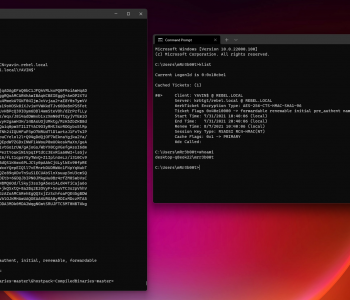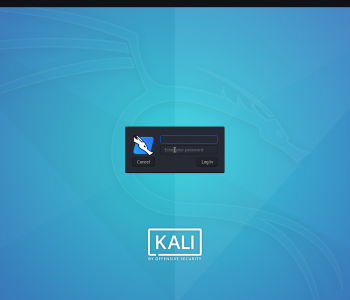 Defense
Defense
Executing/Creating a process via WMI Methods
WMI is an awesome technology capability for Windows administration, I’ve been using WMI since the Windows 2000 era, I’ve written WMI based scripts/tools to defeat malware, yay, however with any tool the use can be for good and for evil!
This post is going to focus on Win32_Process:Create (there are other methods as well!) Read more “Executing/Creating a process via WMI Methods”











